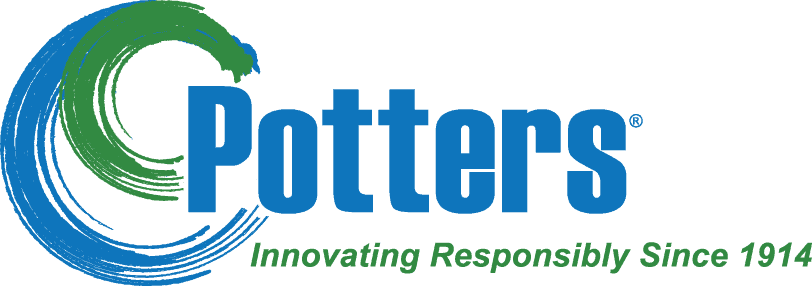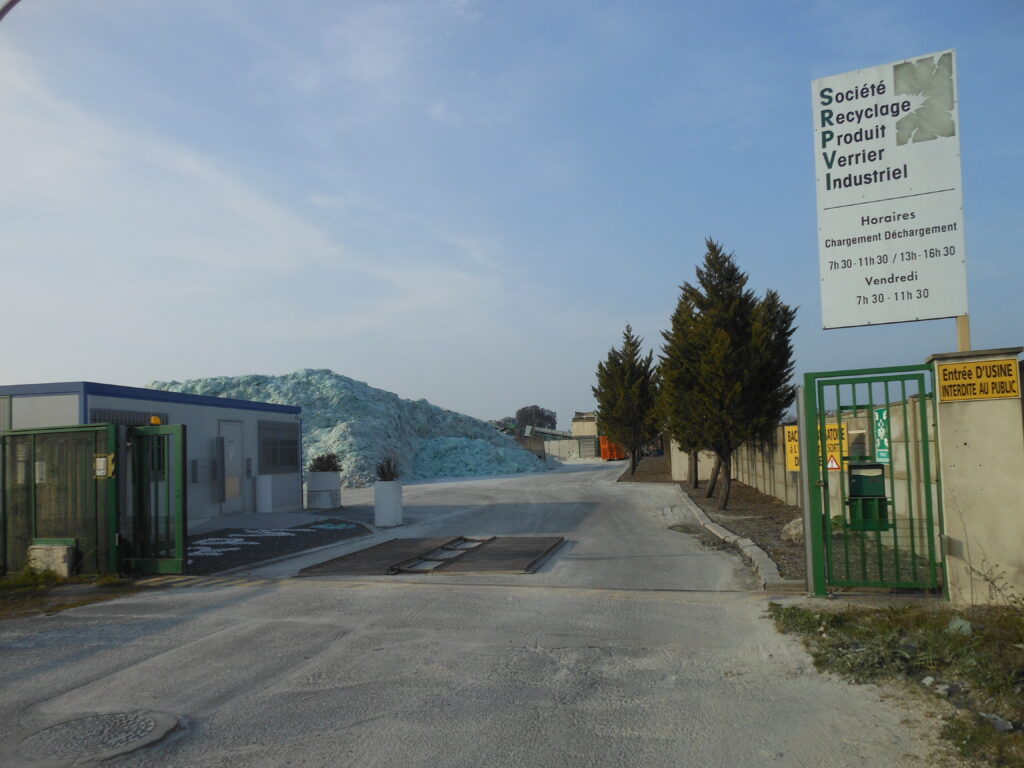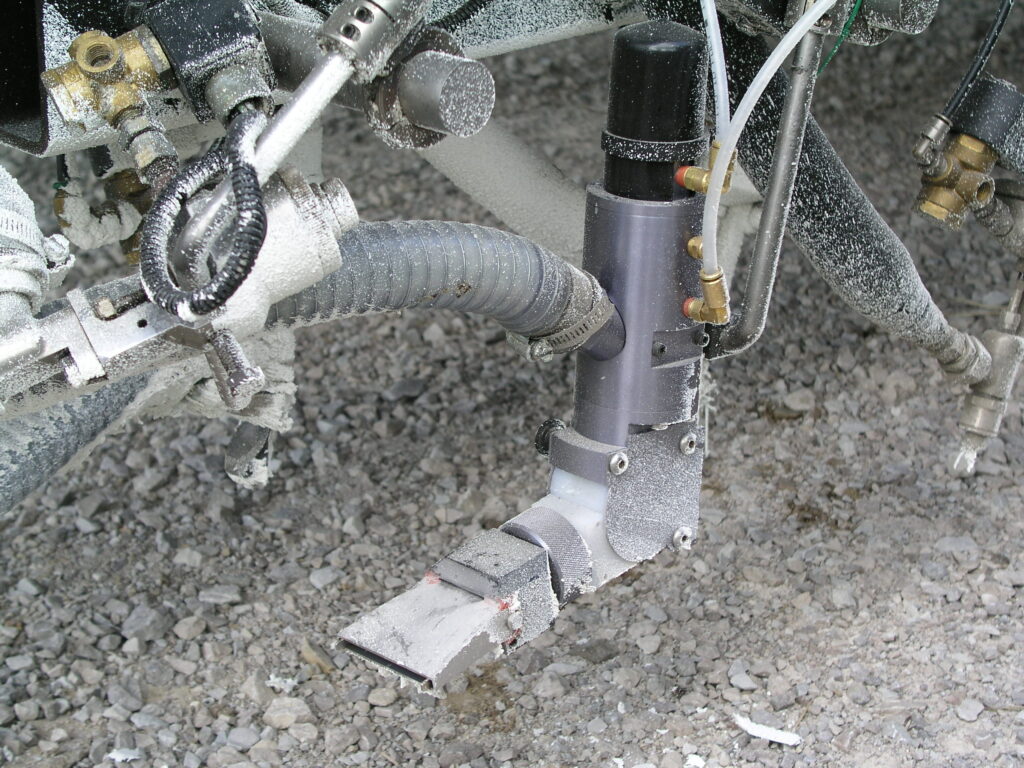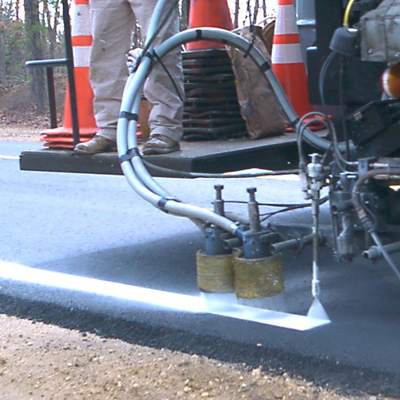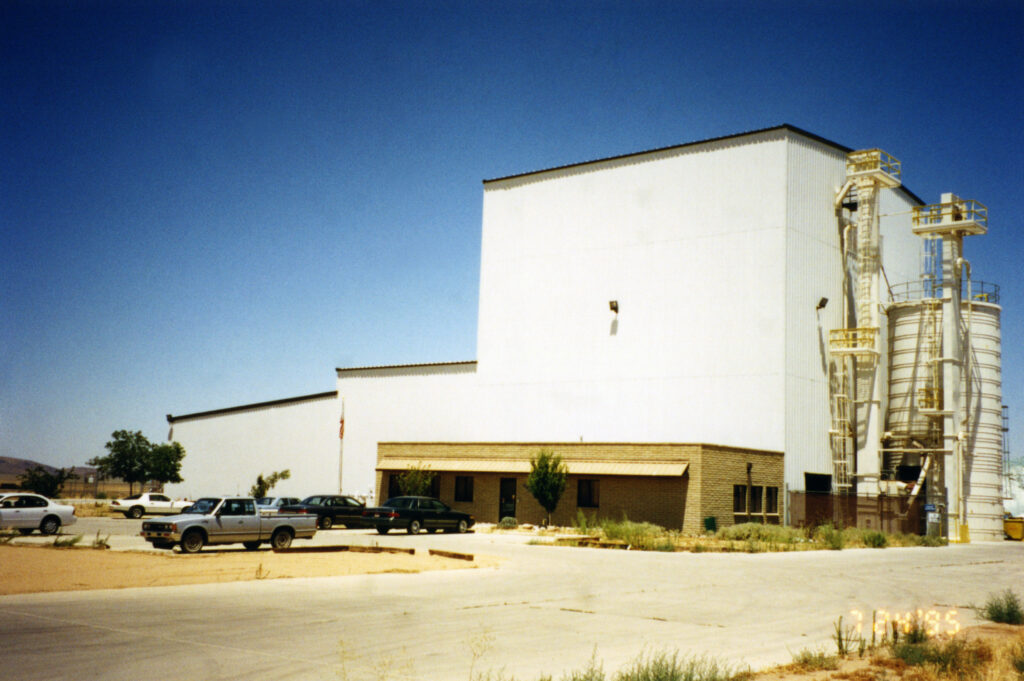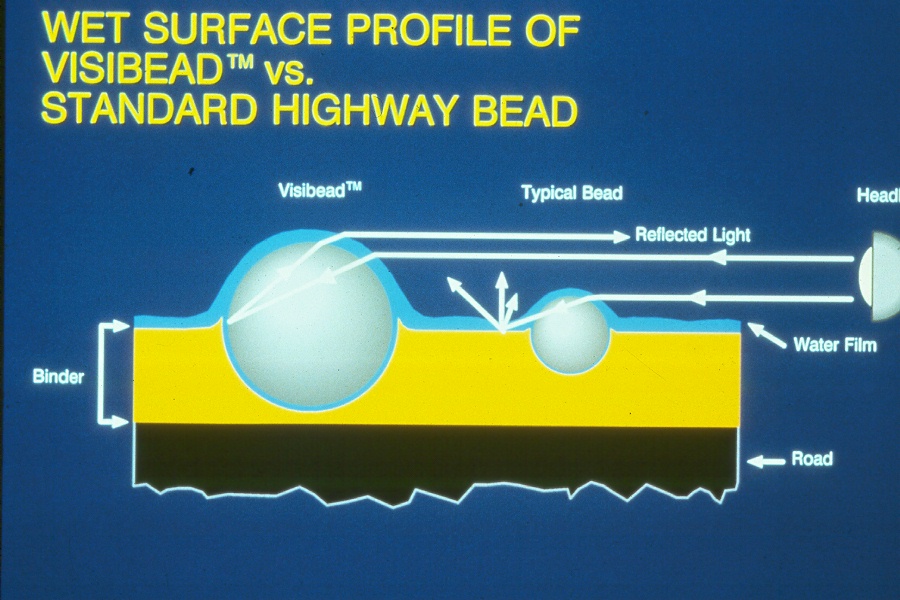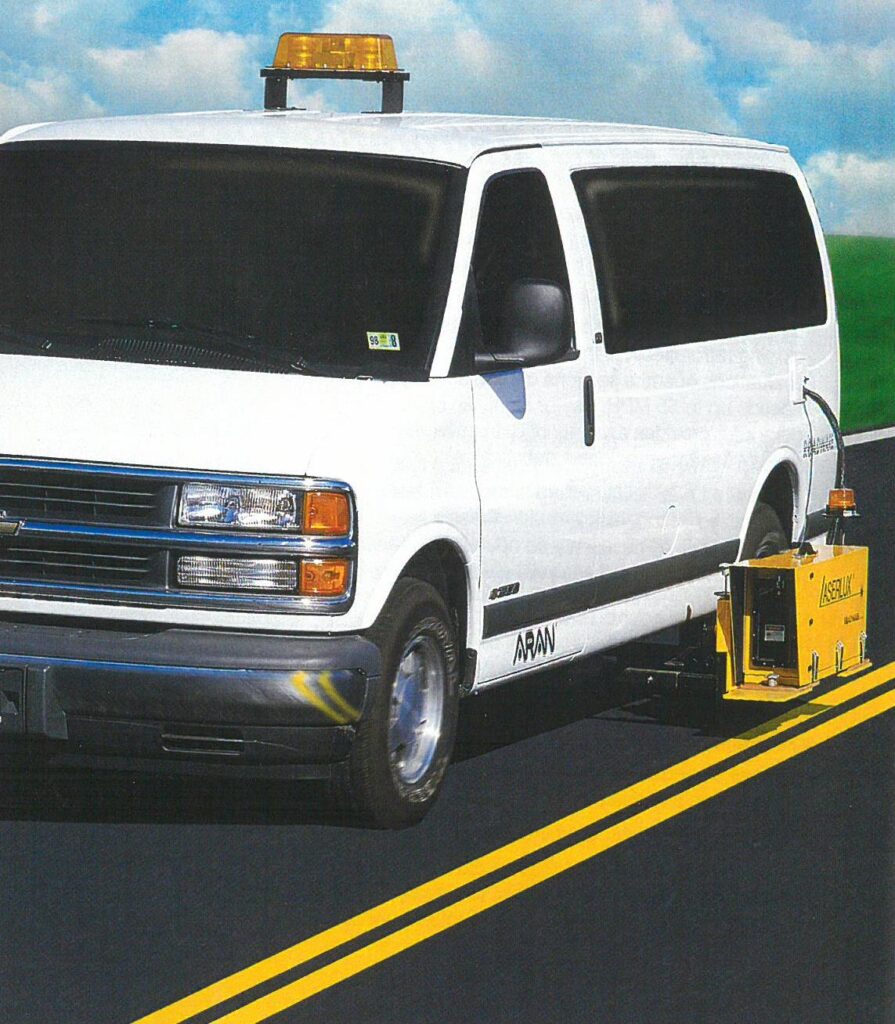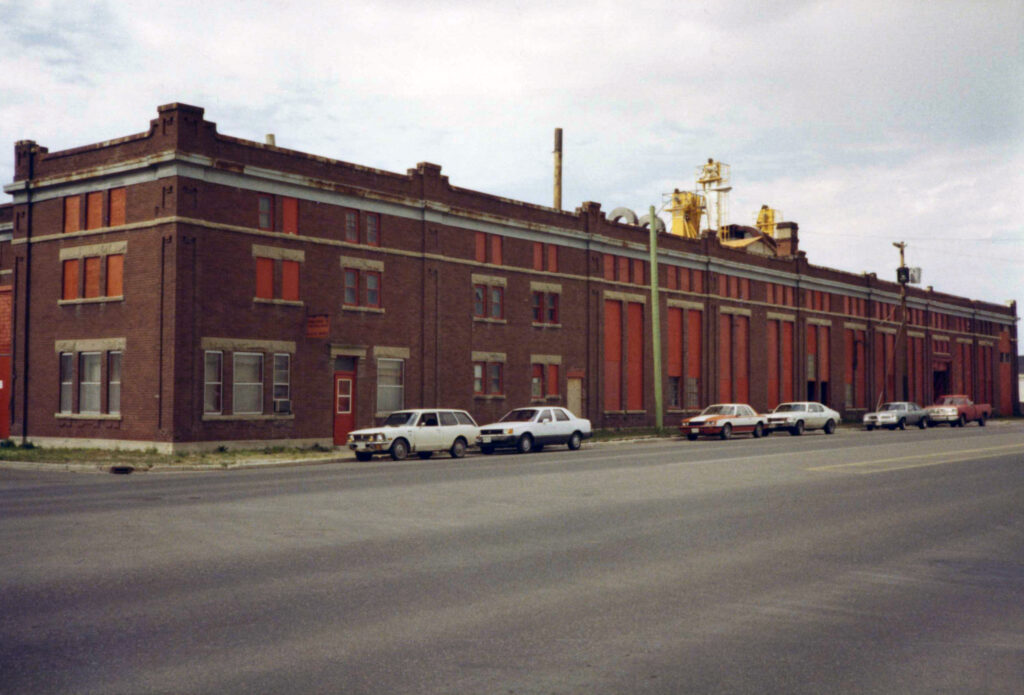History
2025
Potters NEW Wilson NC Plant goes live.
2024
Potters acquires Franklin Paint in Franklin, MA which expands the product portfolio to include pavement marking and athletic field paints.
2024
Potters acquires UCM, a strategic addition to Performance Materials division.
2022
Potters purchases the assets of Vitro Minerals, Inc., located in Jackson, TN.
2021
Potters moves to new joint corporate and R&D headquarters in Malvern, PA.
2020
Potters Industries becomes stand-alone company as it is acquired by The Jordan Group (TJG).
2020
Potters purchases the glass bead manufacturing assets of Ennis-Flint in Palestine, TX and Thomasville, NC and sells ThermoDrop® assets to Ennis-Flint.
2018
Potters helps draft language of the “FAA Reauthorization Act of 2018” requiring the FAA to conduct a third-party study highlighting the benefits of using Type III versus Type I beads on commercial airfields.
2018
Potters drafts language inserted into the “National Defense Authorization Act of 2018” that requires the Department of Defense to conduct cost benefit analyses for any military airfield markings project.
2017
Potters introduces Thermodrop®, an innovative new thermoplastic binder.
2017
Acquisition of Sovitec facilities in Belgium, Spain, Argentina and France
2014
Potters celebrates 100th Anniversary
2013
Potters is granted a United States patent for Visilok®, an innovative new product that drastically reduces drying time for waterborne paint
2012
Potters develops testing methodology, helps define appropriate standards and draft language that is incorporated into Federal Highway Bill Map-21 “Moving Ahead for Progress in the 21st Century Act (Map-21)”, which establishes heavy metal limits in glass beads for road marking.
2010
Potters Industries and Dow Chemicals develop Visilok® Intermix Glass Bead System.
2007
PQ/Potters acquires Flex-O-Lite Inc. which adds three additional manufacturing locations—Muscatine, IA, Paris, TX & St. Thomas, Ontario, Canada
2007
Potters and Epoplex develop Visimax®.
2003
Potters acquires certain assets of Cataphote
2002
Potters helps Draft HR288 Roadway Safety Program–First highway safety bill calling for $3 billion/year solely for highway safety concerns. More lines and wider lines are included in proposed legislation.
2001
Potters sponsors the first comprehensive “Wider Lines Research Study” conducted by the Texas Transportation Institute. This study defines the safety improvements achieved by using wider lines on our roadways.
2001
Potters acquires a controlling interest in Interminglass Sp. Z.o.o., Poland.
2000
ATSSA proposes and Potters and the industry support the First Work Zone Safety Legislation.
1998
TEA-21 Legislation – Legislative Fly-In–Potters represents glass bead industry for safety.
1995
Potters sponsors “Minimum Levels of Retroreflectivity”, working in conjunction with the pavement marking industry and ATSSA. This proposal for minimal levels of retroreflectivity is presented to FHWY.
1994
Potters moves headquarters from Parsippany, NJ to Berwyn, PA
1993
Potters presents “Benefit/Cost Analysis of Lane Markings” to FHWY. This is the first comprehensive analysis of the financial benefit of lane markings in terms of dollars saved and accidents prevented. This report is still referenced by FHWY today.
1991
Joint venture formed with a prominent Thai National, Mr. Sompong Dowpiset, and a plant near Bangkok, Thailand is constructed.
1988
Potters sells Anaheim property to Walt Disney Company, enabling them to expand Disneyland.
1988
Potters moves corporate headquarters to Parsippany, NJ
1985
Large bead facility constructed in West Auckland, United Kingdom
1985
1984
Acquisition of Canasphere Ltd., a Canadian operation in Moose Jaw.
1984
1983
Potters’ conducts “The Visual Link to Safer Travel”, the first extensive independent research still referenced by Federal Highways that linked edge lines to reduced traffic crashes, deaths and injuries.
1979
Northern Cullet, Ltd. Is acquired through U. K. subsidiary (PBL).
